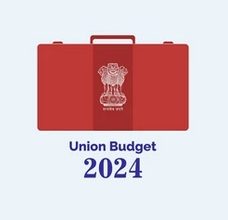Pre Budget expectation: Sunil Khurana, MD, BPL

Last year the government increased customs duty on import of medical devices in the form of health cess. It was a great step to incentivise domestic production and the government should continue on this path to further increase duties for imports so that more and more domestic production is encouraged.
The production linked incentive is a great step to boost domestic production, however, the targets set within PLI scheme currently make it unviable. PLI scheme needs further deliberation in terms of specific product categories and their respective market size in India and the targets set should be modified in accordance.
Similar to PLI, the government should set the budget for incentivising sector where they would like to export from India. The medical devices sector is a very large market globally and to export from India, the government should incentivise local companies who export products from India. When a country like China offers a huge (~ 15 per cent) export incentive unless supported by government Indian companies will find it difficult to compete with Chinese who today control the market.
The medical devices sector is high R&D investment sector with a long lead time for product development. Unless R&D (CAPEX) is incentivised there would be no incentive for local companies to invest in R&D and would continue to trade readymade available products. R&D is a long route of making. This must go in parallel but at the same time, local Indian medical devices companies must encourage to get technology from outside, which will speed up localisation. The technology transfer/technology buying cost must be shared by the government. This is the best and proven route to march towards Atamnirbharta.




